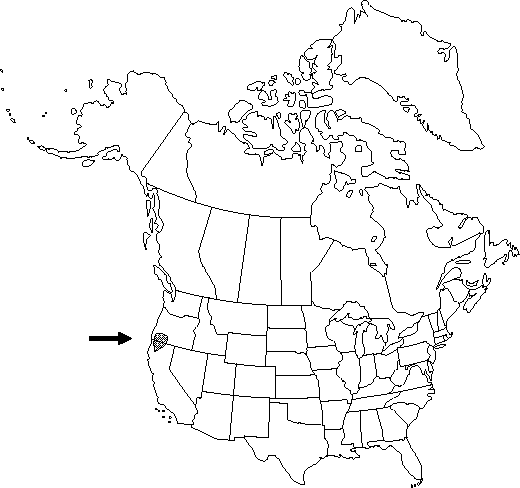familyRanunculaceae
genusRanunculus
subgenusRanunculus subg. Ranunculus
sectionRanunculus sect. Ranunculus
speciesRanunculus occidentalis
Difference between revisions of "Ranunculus occidentalis var. howellii"
Pittonia 3: 14. 1896.
Endemic
Treatment appears in FNA Volume 3.
FNA>Volume Importer |
FNA>Volume Importer |
||
| Line 51: | Line 51: | ||
|publication year=1896 | |publication year=1896 | ||
|special status=Endemic | |special status=Endemic | ||
| − | |source xml=https://jpend@bitbucket.org/aafc-mbb/fna-data-curation.git/src/ | + | |source xml=https://jpend@bitbucket.org/aafc-mbb/fna-data-curation.git/src/f6b125a955440c0872999024f038d74684f65921/coarse_grained_fna_xml/V3/V3_612.xml |
|genus=Ranunculus | |genus=Ranunculus | ||
|subgenus=Ranunculus subg. Ranunculus | |subgenus=Ranunculus subg. Ranunculus | ||
Revision as of 19:54, 24 September 2019
Stems erect to reclining, 1-3 mm thick, hirsute or sometimes glabrous. Basal leaf blades 3-parted, ultimate segments narrowly elliptic, margins entire or dentate. Flowers: sepals 5, 4-6 mm; petals 5-6, 6-10 × 3-5 mm. Achenes 3.4-4.8 × 2.6-3.2 mm, glabrous; beak lanceolate, straight, 1.6-2.2 mm.
Phenology: Flowering spring–summer (Apr–Jul).
Habitat: Meadows
Elevation: 900-1400 m
Discussion
Ranunculus occidentalis var. howellii, R. occidentalis var. dissectus, and R. austro-oreganus form a distinctive group distinguishable in the R. occidentalis complex by the straight achene beak. They may be difficult to separate, however; further study of their relationships is needed.
Selected References
None.
Lower Taxa
None.
